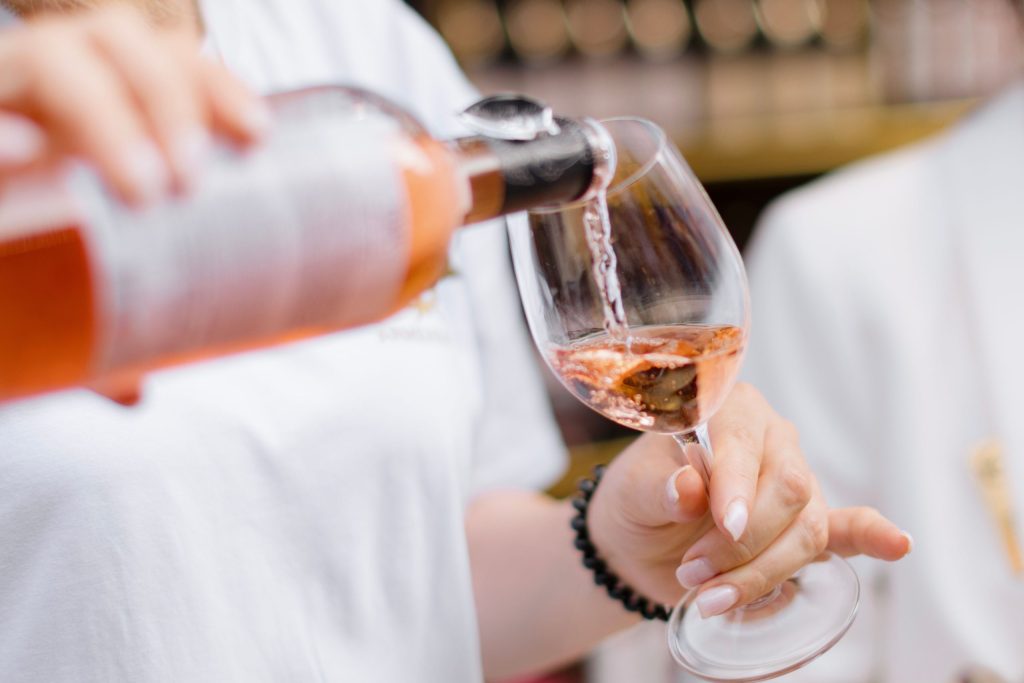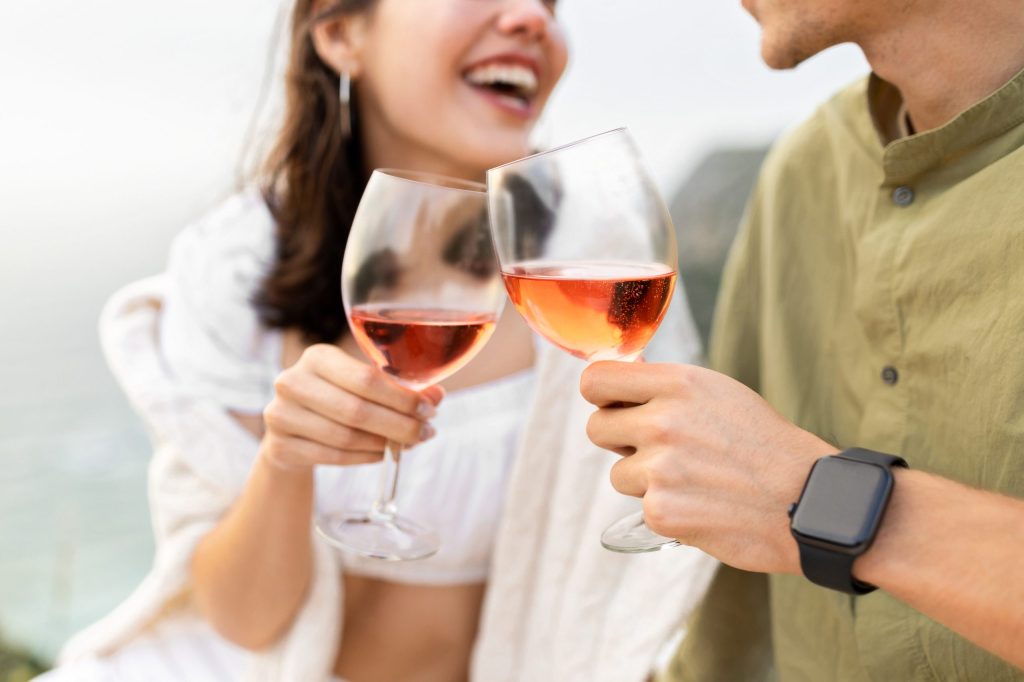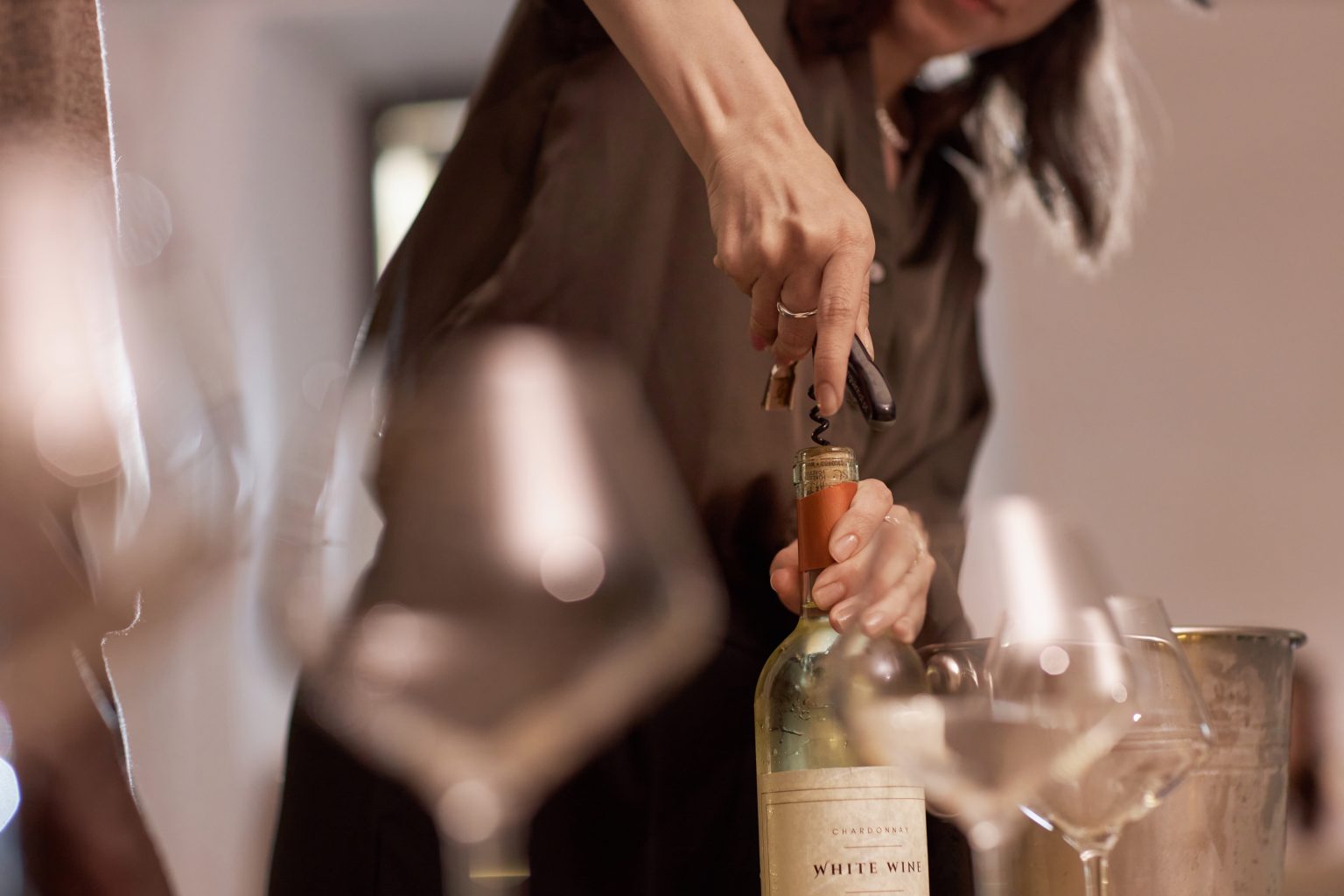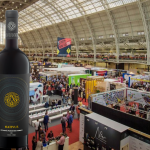Wine is a drink of truth, but the myths around it say a lot about us. — Wines of Romania
Contents
- Red wine should be drunk at room temperature
- Wine is made from „pills”
- Rosé wine is made by mixing white and red
- Orange and rosé are the same thing
- Sparkling and „fizzy” wines are the same
- Over time, wine turns into jam...
- Wine “legs” or “tears” indicate quality
- A (silver) teaspoon in an open bottle of sparkling wine preserves the bubbles
- Wines with screw caps are lower quality
- Bag-in-box wines are mediocre
- Blends are inferior to single-varietal wines
- All wines improve with age
How many times have you heard that red wine should be served at room temperature? Or that white wine only goes with fish? Well, many of the so-called “rules” about wine we think we know are actually popular myths, passed down from generation to generation.
In this article, we debunk the 12 most widespread ones—with clear, practical explanations.
Red wine should be drunk at room temperature
True – but only back when people lived in stone castles with thick walls where the temperature stayed between 14–16°C (57–61°F) year-round. Also, wine was served in thick glasses, metal goblets, or clay mugs, which maintained a “cellar” temperature. Today, with delicate glassware and ambient temperatures over 20°C (68°F), wine should be chilled – including red wine, which should be served, depending on various factors, between 12 and 18°C (54–64°F).
Wine is made from „pills”
Many believe that wine is full of “pills” or even made from them. This is a common myth, especially among consumers who are unfamiliar with winemaking processes.
The truth is that wines are made from grapes, and later interventions—such as fining with bentonite or the addition of sulfites – are standard and perfectly legal enological practices designed to ensure the wine’s stability and safety.
Sometimes, wine needs adjustments to reach the desired balance. But that doesn’t mean it is “manufactured” from chemicals. All these treatments are legally regulated and applied responsibly. Natural or biodynamic wines avoid most of these procedures but remain exceptions.
Wine is a living being. If it receives a treatment, that doesn’t mean it’s made of pills – it just means a doctor helped it get better.” — Wines of Romania
Although there have been (and may still be) products on the market made exclusively from sugar, alcohol, and artificial flavorings – these are not legally allowed to be called “wine.”
Rosé wine is made by mixing white and red
Not only is this false, it’s also illegal in most parts of the world, with the exception of a few small regions where blending red and white wines is a traditional method. Rosé wine is made:
- by brief contact between the skins and the must – too short to color the wine (with few exceptions, grape color is in the skin, not the pulp, which is why you can even make white wine from red grapes);
- using the saignée method, in which part of the must prepared for red wine is extracted before it becomes deeply colored – often used to make more concentrated red wines;
- from “pink” grapes that lack sufficient pigment to create a darker color, like Busuioacă de Bohotin grapes;
- by “direct press” – the palest rosé, obtained by separating the must from the skins immediately after pressing.
A true rosé wine is not a blend of white and red wines, but a controlled, delicate, and intentional creation. — Wines of Romania
Orange and rosé are the same thing
Ok, this one is often said by men – especially those who can’t tell where fuchsia ends and another color begins. While rosé is made with very short skin contact, orange wines are made with long maceration. Furthermore, the production of orange wine involves light oxidation, which results in very specific, “old-school” aromas, far from the fresh, lively character of rosé wines.
“Rosé is about freshness and lightness. Orange is about complexity, texture, and a hint of rebellion.” — Wines of Romania
Sparkling and „fizzy” wines are the same
Sparkling wines, regardless of the method – second fermentation in the bottle or in steel tanks – contain carbon dioxide produced by the interaction between yeast and sugar, which creates alcohol and CO₂. For the wines where carbon dioxide is artificially added (injected), many countries use specialized terms.
The bubble in a carbonated wine is just an artificial hiss. — Wines of Romania
Over time, wine turns into jam...
…and five people get drunk off two teaspoons. No – and even if that were true, the “jam” would contain no alcohol. It’s just an urban legend, though it might have a grain of truth in certain worker traditions from other countries. We wrote extensively about this myth in a dedicated article some time ago.

Wine “legs” or “tears” indicate quality
False. This is one of the oldest wine-related beliefs: the thicker and slower the traces left on the glass walls, the “better” the wine is said to be. In reality, the so-called “tears” or “legs” of the wine have no direct connection to quality—only to the wine’s density (viscosity), meaning a higher content of alcohol or sugar.
“There are many ways to evaluate a wine, but millimeters aren’t among the proper measuring tools.” — Wines of Romania
A (silver) teaspoon in an open bottle of sparkling wine preserves the bubbles
This myth has a pseudo-scientific explanation: metal cools quickly and chills the air around it, allegedly preventing CO₂ loss. But no, it doesn’t work. The myth has been tested repeatedly. You’re better off investing a few bucks in a proper sparkling wine stopper, which can preserve it somewhat – though much depends on how much wine is left. If there’s less than one-third of the bottle, so much CO₂ will be lost that you might as well finish it.
Wines with screw caps are lower quality
While it’s true that you won’t find a fancy château or rare, expensive wine with a screw cap – at least not in the near future – this category includes many premium and even some super-premium wines. Sometimes it’s the producer’s philosophy; other times, an economic decision. Either way, there are screw-capped wines not only of excellent quality but also with aging potential of five years or more.
Bag-in-box wines are mediocre
Again, a myth – but one with fairly recent roots. Twenty or thirty years ago, bag-in-box was seen as packaging only for cheap, fast-consumption wine. Today, it’s favored by many concerned about environmental protection, and in regions like Scandinavia, it’s the most popular packaging among consumers. The quality of bag-in-box wines has steadily improved – try one of the award-winning wines from the National Bag-in-Box Wine Competition and see for yourself.
Blends are inferior to single-varietal wines
French makes a distinction between coupage and assemblage – the former having a slightly negative connotation (helping a poor wine by blending it with a better one), while the latter refers to a true alchemical art.
The more universal term is blend, and the goal is to create a wine better than any of its components – a demonstration of balance and harmony among attributes like acidity, alcohol, extract, and aroma.
All wines improve with age
We wish this myth were true. But wine is a living being – it is born, lives, and dies. Sometimes even before reaching your glass. Every wine has an “optimal drinking plateau,” after which it declines – sometimes rapidly, within 2–3 years of harvest, other times after many decades, but degradation is inevitable. Some wines are simply meant to be enjoyed fresh, as soon as possible after bottling.








